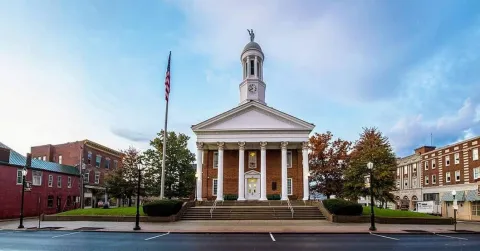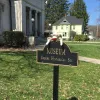Greene
A strong, local heritage that is proudly preserved, miles of gold and rust-colored autumn leaves, friendly neighborhoods, and small towns are the elements of Greene County that the folks who live here have come to love.
Greene County was established on February 9, 1796, from Washington County and was named for General Nathanael Greene. Waynesburg, the seat of the County, was established later that same year and named after Major General Anthony Wayne.
To this day, Waynesburg has retained its small-town charm. Downtown features beautiful brick Victorian homes built around the turn of the century. The Greene County Courthouse is a fabulous example of Classic Revival architecture worth seeing. Thanks to Ryerson Station State Park and Enlow Fork Natural Area, Recreational opportunities abound in Greene County.
Explore the rich history of Greene County through its numerous famous landmarks, historic buildings, and museums: experience early settlers' life, important historical events, and local folklore.



